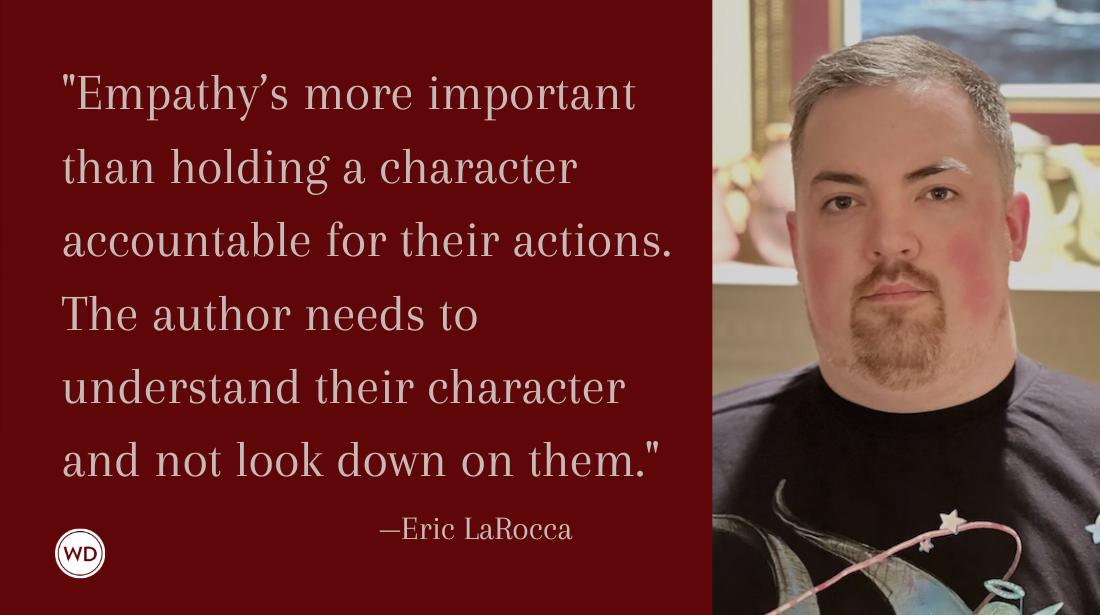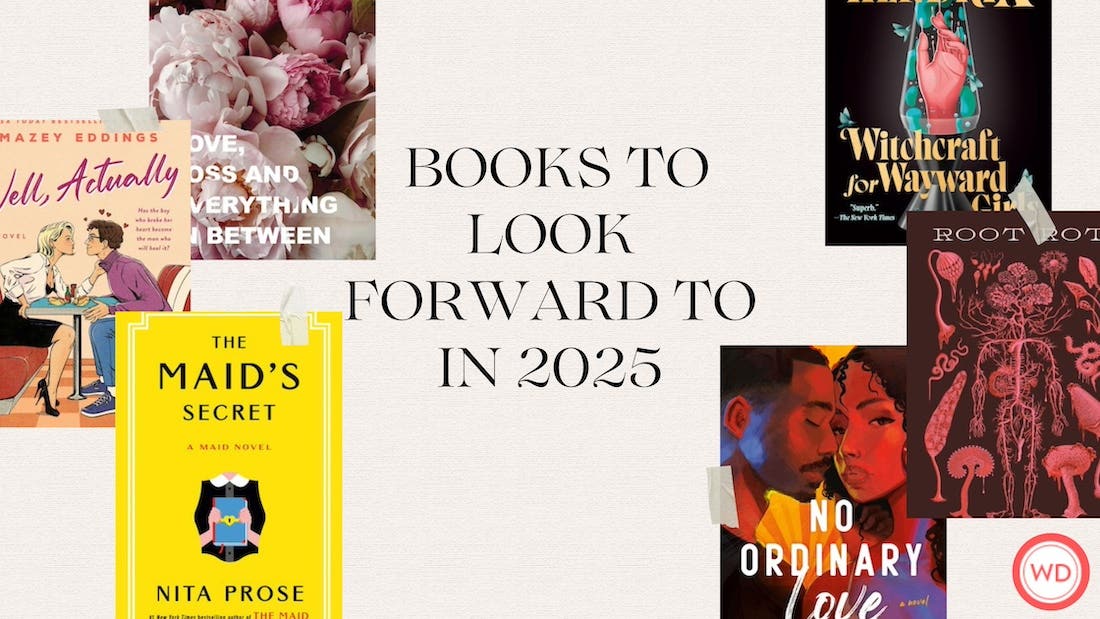Should I Use The Chicago Manual of Style for my Book?
Q: In my writing I strictly follow the rules in The Chicago Manual of Style. For example, in a sentence joined with an “and,” I place a comma after the…
Q: In my writing I strictly follow the rules in The Chicago Manual of Style. For example, in a sentence joined with an "and," I place a comma after the last word before the "and" when the first part of the sentence is a complete sentence. I have received a rejection with the first page sent back and the editor's deletion marks are in contradiction to the rule in the Chicago Manual. Should I follow the Chicago Manual in my fiction writing or not?--Carolyn Boyles
A: According to Formatting & Submitting Your Manuscript (and editors I've spoken to at conferences), most book publishers use The Chicago Manual of Style—or some variation of it—as a formatting guide for their books. So when writing your novel or nonfiction work, it's best to follow those guidelines. But if you haven't been using The Chicago Manual of Style or an editor comes back with changes that contradict it, don't panic.
The key to writing any manuscript is to be consistent—in other words, no matter what style you are using (Chicago, AP-style, your sixth-grade English teacher's rulebook), stick with it. Publishers and editors tend to be forgiving when reading a manuscript that doesn't embrace their style, but are less forgiving when the formatting is all over the place (e.g., using a comma in a parallel sentence structure sometimes and not using it other times; italicizing book titles in the first few chapters but underlining it others.) This lack of consistency looks unprofessional and lazy—two traits that could potentially cost you a deal. To a writer it may seem like nitpicking, but to an editor it shows discipline and an author who values the craft.
Most magazine and newspaper publishers, on the other hand, use The Associated Press Stylebook and Libel Manual as a guide for their publications. Although many, like Writer's Digest, take a few liberties with it to fit their own particular house styles. So don't read too much into style edits.
It's probably wise for all writers to have both the Chicago Manual and the AP Stylebook on their bookshelves—along with maybe a good luck charm.
Brian A. Klems is the online managing editor of Writer’s Digest magazine.
Have a question for me? Feel free to post it in the comments section below or e-mail me at WritersDig@fwpubs.com with “Q&Q” in the subject line. Come back each Tuesday as I try to give you more insight into the writing life.








